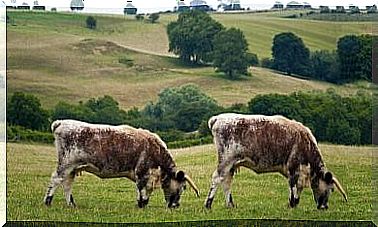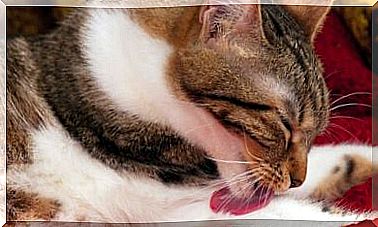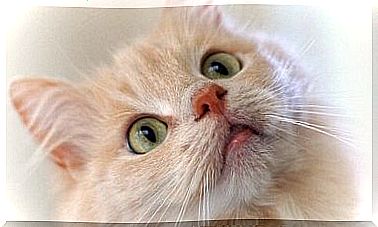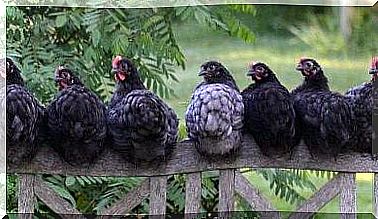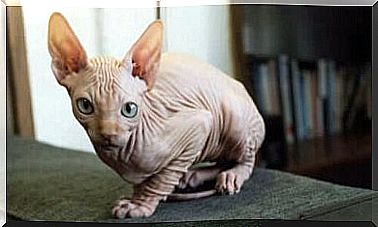Australia, The Land Of Marsupials
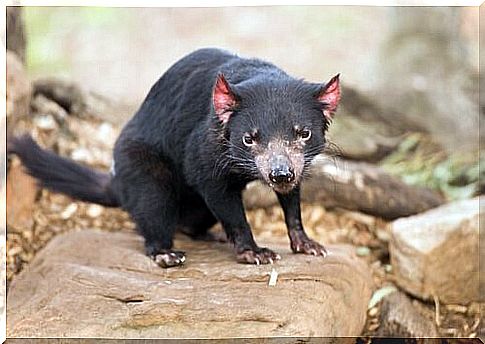
Australia is the land of marsupials. These mammals have very special characteristics. In particular, they are known for the fact that the boys born in the embryonic stage of development mature in a skin pocket of the mother animal.
They are native to America and Australia, but have found particular distribution on Australian territory. Of the 378 land mammals recorded in Australia, 200 are marsupials.
Australia has 11,044 nature reserves with a total area of 1,487,710 square kilometers, which means that 19.27% of the total area of Australia is protected, which also benefits the marsupials.
Marsupials worldwide
There are around 270 marsupials worldwide, 70 of which live in America and 200 in Australia.
The most prominent feature of this group is the marsupium (Latin for pouch). It is an epidermal pouch that contains teats to suckle the young after birth.
Depending on the species, this bag is in different places. The little Tasmanian devil, for example, only has to travel a few inches to reach the Marsupium.
In the kangaroo, the permanent pouch is located on the mother’s belly. After birth, the boy crawls into the pouch and hangs on a teat. It does not leave the pouch until its development is complete.

The land of the marsupials
The Australian continent has the largest number of indigenous marsupials in the world. Australian marsupials are characterized by their adaptable biodiversity.
There are herbivores and carnivores, as well as species that, through evolutionary convergence, look like rodents or dogs.
The colonization of Australia more than 40,000 years ago by the indigenous peoples as well as by the Europeans in the 18th century caused great losses in the fauna.
Hunting, the introduction of exotic animal species, as well as changes in land use and habitat destruction led to the extinction of many animal species, especially marsupials and many plant species.
The carnivorous specimens
These are composed of two current families: the Dasyuridae with 52 species and the Myrmecobiidae with the Numbat as the only survivor.
The Tasmanian devil is currently the largest carnivorous marsupial. The size of a small dog, it feeds on hunting and is also a scavenger.
It died out in Australia 600 years ago, but Tasmania still has a small, isolated population.
The four existing pouch martens, also known as quolls, are currently in danger. The small marsupials make up the rest of the Dasyuridae family. The two underground predators are blind and deaf and live in the deserts of Eastern Australia.
The omnivorous marsupials
The omnivorous species include the real nasal sacs as well as the rabbit nasal sacs. These consist of seven species in Australia, most of which are in a critical situation.
They are small animals with remarkable physical characteristics. They have a long snout, large erect ears, a plump body, long legs, and a thin tail.
These marsupials have characteristics of both carnivores and herbivores, making it difficult to know their evolutionary origins.
The herbivorous specimens
The herbivores include the koala, which lives on trees and eats the leaves of around 120 species of eucalyptus. The wombats are rural residents and feed on grasses, sour grasses and roots.
The possums are tree dwellers and consist of 26 species that are divided into six families. The family members differ in size.

The seven-gram dwarf bilch buccaneer, the eastern ringlet-tailed buccaneer and the fox kusu, which is the size of a house cat, are a few examples from this family. They live east of Australia in the eucalyptus forests.
The narrow-footed feather-tail glider-pouches as well as the medium glider-squirrel pouches have a flight membrane, which makes it easier for them to move between the trees.
The 3 families
The kangaroos, wallabies and brush kangaroos make up three families that are spread across Australia, except in the alpine areas. These include the following:
- The Hypsiprymnodontidae. The musk rat kangaroo is the only species in this family.
- Among the Potoroidae there are the brush kangaroos, the rabbit kangaroos and the rat kangaroos, which comprise ten species. This family includes small animals that bury themselves and use their tails to carry plant matter.
- The Macropodidae consisted of 53 species, but this number has been greatly reduced. The best known are: kangaroos and wallabies. Most Macropodidae are bipedal and move by jumping. Hence, they have a muscular tail and long hind legs with long, narrow feet and four toes. The forelegs are short and have five fingers.
This group varies considerably in size. The musky rat kangaroo is the smallest representative with a maximum weight of 680 grams.
The largest is the red giant kangaroo with an approximate size of two meters and a maximum weight of 85 kg.
Due to the large selection of marsupials, Australia is considered the land of marsupials. However, it also has an unparalleled wealth of other mammals, birds, reptiles, amphibians, fish and invertebrates.
Even so, because of their peculiarities, marsupials attract attention.


